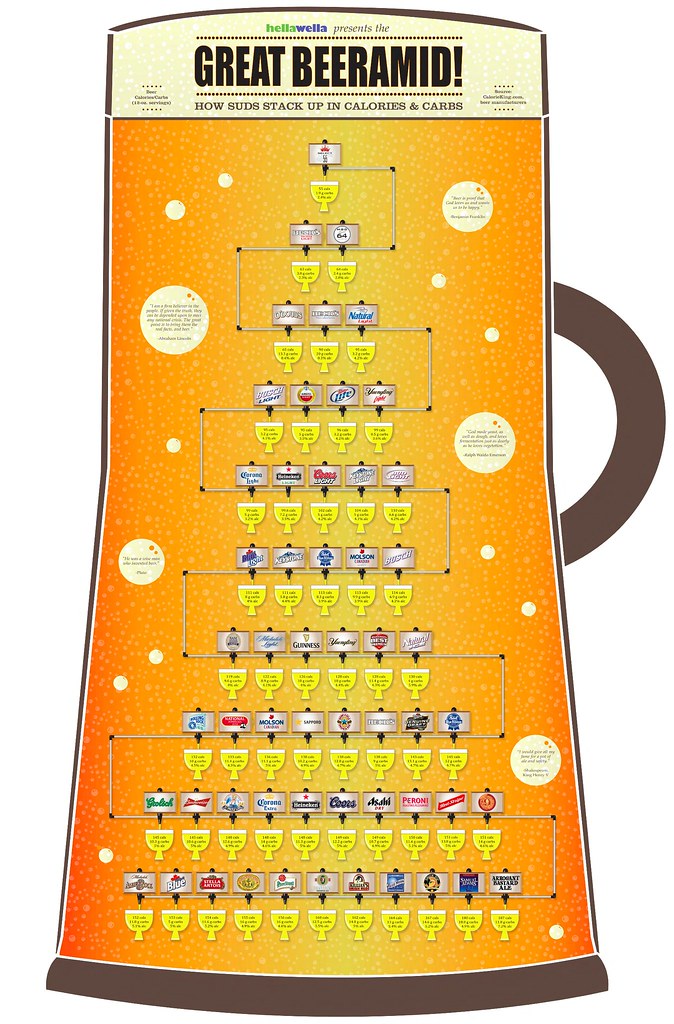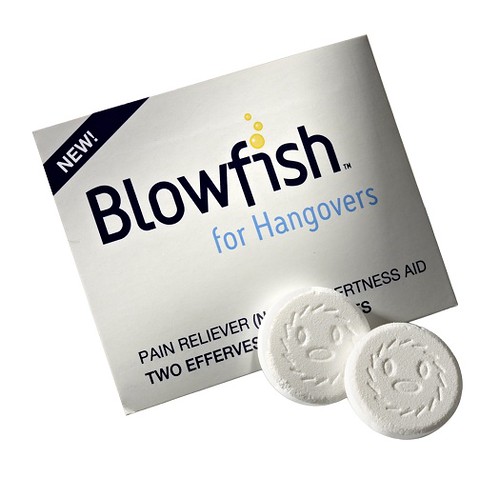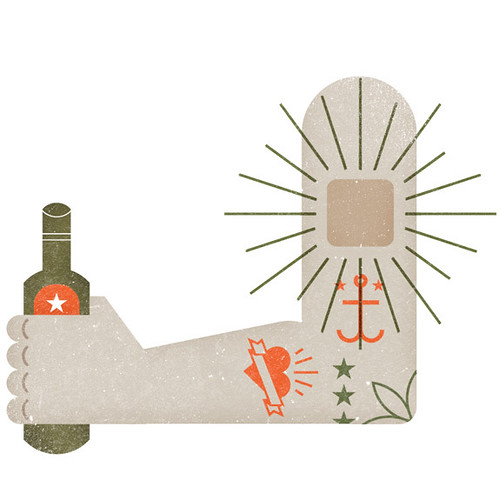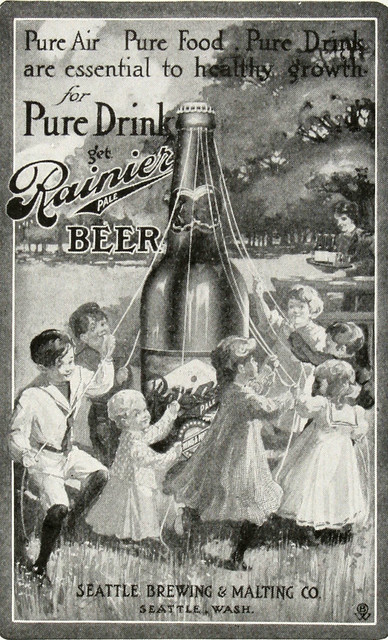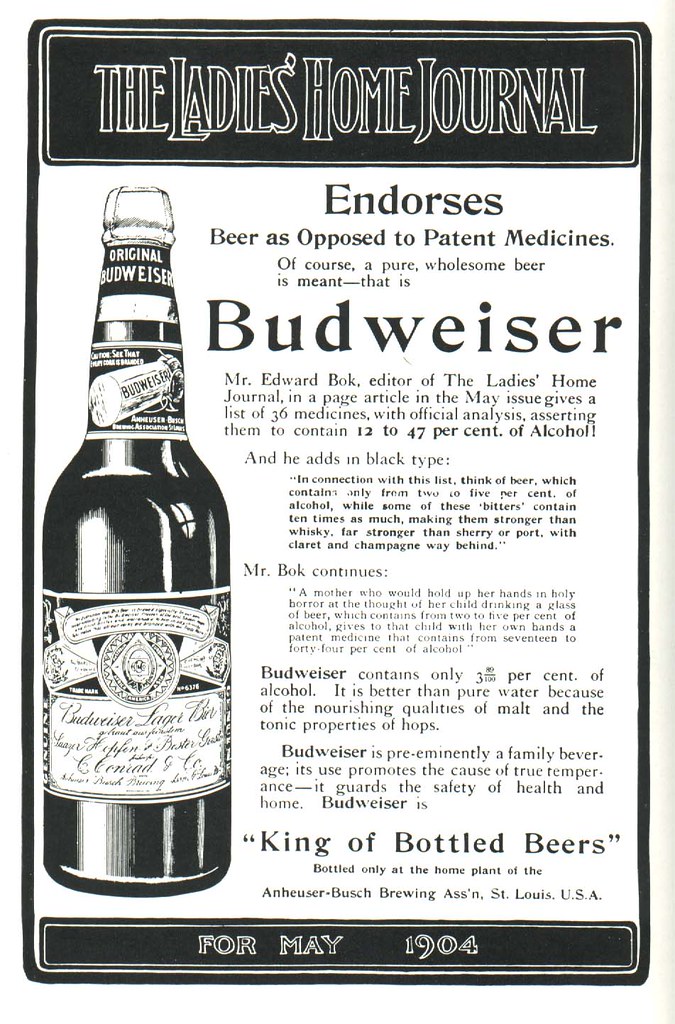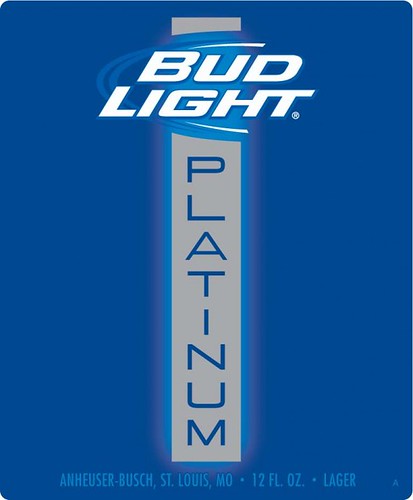
The ABMRF is reporting the results of a new study conducted at Oregon State University published in Menopause, the Journal of the North American Menopause Society. The study, Moderate alcohol intake lowers biochemical markers of bone turnover in postmenopausal women, appears to conclude that “Drinking alcohol in moderation with a healthy lifestyle may benefit women’s bone health, lowering their risk of developing osteoporosis.”
From the abstract:
Objective: Epidemiological studies indicate that higher bone mass is associated with moderate alcohol consumption in postmenopausal women. However, the underlying cellular mechanisms responsible for the putative beneficial effects of alcohol on bone are unknown. Excessive bone turnover, combined with an imbalance whereby bone resorption exceeds bone formation, is the principal cause of postmenopausal bone loss. This study investigated the hypothesis that moderate alcohol intake attenuates bone turnover after menopause.
Methods: Bone mineral density was determined by dual-energy x-ray absorptiometry in 40 healthy postmenopausal women (mean +/- SE age, 56.3 +/- 0.5 y) who consumed alcohol at 19 +/- 1 g/day. Serum levels of the bone formation marker osteocalcin and the resorption marker C-terminal telopeptide (CTx) were measured by immunoassay at baseline (day 0) and after alcohol withdrawal for 14 days. Participants then consumed alcohol and were assayed on the following morning.
Results: Bone mineral density at the trochanter and total hip were positively correlated to the level of alcohol consumption. Serum osteocalcin and CTx increased after abstinence (4.1 +/- 1.6%, P = 0.01 and 5.8 +/- 2.6%, P = 0.02 compared with baseline, respectively). Osteocalcin and CTx decreased after alcohol readministration, compared with the previous day (-3.4 +/- 1.4%, P = 0.01 and -3.5 +/- 2.1%, P = 0.05, respectively), to values that did not differ from baseline (P > 0.05).
Conclusions: Abstinence from alcohol results in increased markers of bone turnover, whereas resumption of alcohol reduces bone turnover markers. These results suggest a cellular mechanism for the increased bone density observed in postmenopausal moderate alcohol consumers. Specifically, the inhibitory effect of alcohol on bone turnover attenuates the detrimental skeletal consequences of excessive bone turnover associated with menopause.
The ABMRF report on the study:
Bones are in a constant state of remodeling with old bone being removed and replaced. In people with osteoporosis, more bone is lost than reformed resulting in porous, weak bones. About 80% of all people with osteoporosis are women, and postmenopausal women face an even greater risk because estrogen, a hormone that helps keep bone remodeling in balance, decreases after menopause.
A study by Oregon State University researchers assessed the effects of alcohol withdrawal on bone turnover in postmenopausal women who drank one or two drinks per day several times a week. A significant increase in blood markers of bone turnover was measured in women after they stopped drinking for just two weeks. Alcohol appears to behave similarly to estrogen in that it reduces bone turnover, the researchers said.
Investigators studied 40 early postmenopausal women who regularly had one or two drinks a day, were not on any hormone replacement therapies, and had no history of osteoporosis-related fractures.
Results suggest evidence for increased bone turnover, a risk factor for osteoporotic fractures, during the two week period when the participants stopped drinking. Less than a day after the women resumed their normal drinking, their bone turnover rates returned to previous levels.
“Drinking moderately as part of a healthy lifestyle that includes a good diet and exercise may be beneficial for bone health, especially in postmenopausal women,” said researchers. “After less than 24 hours to see such a measurable effect was really unexpected.”



